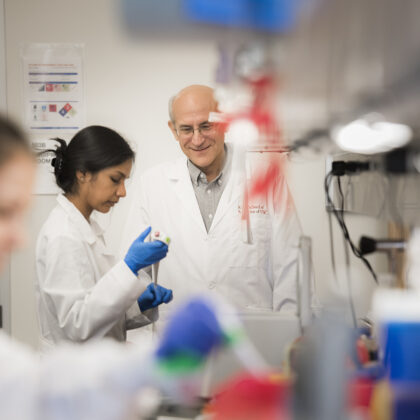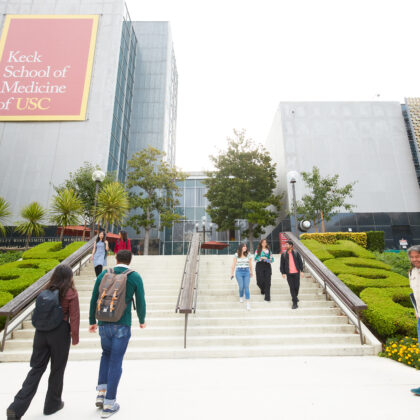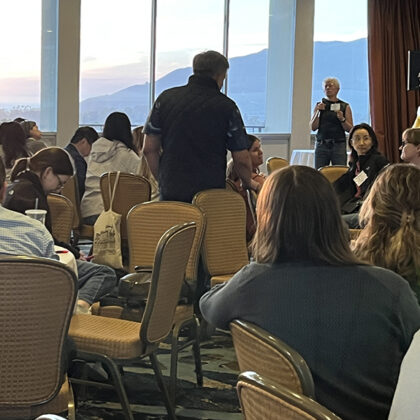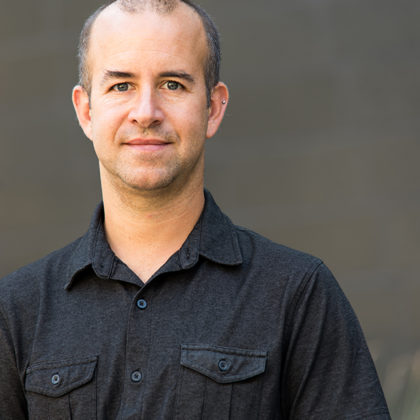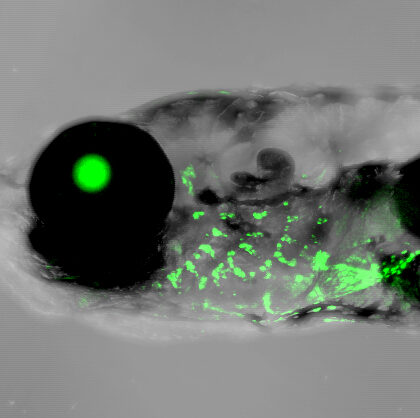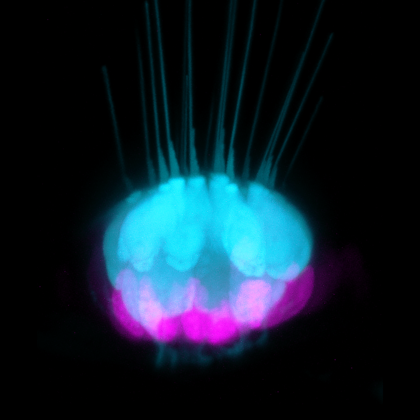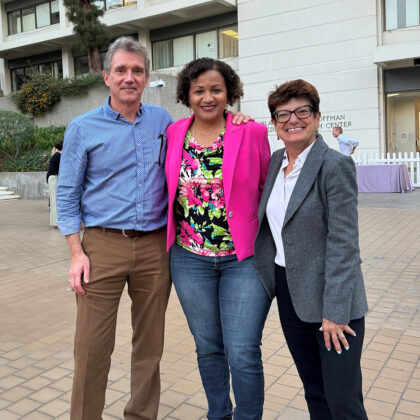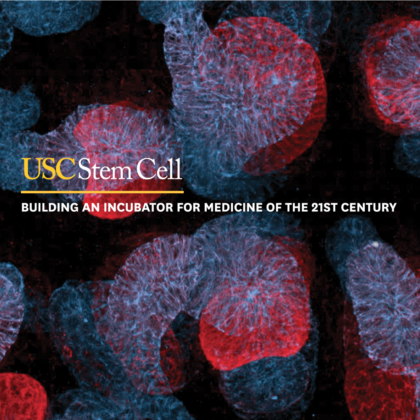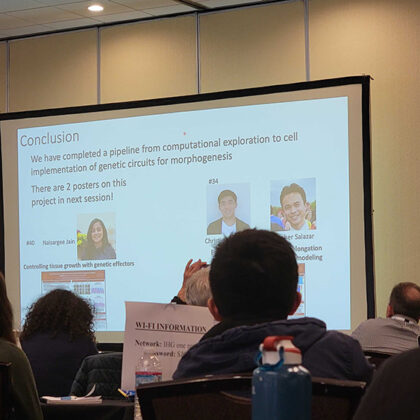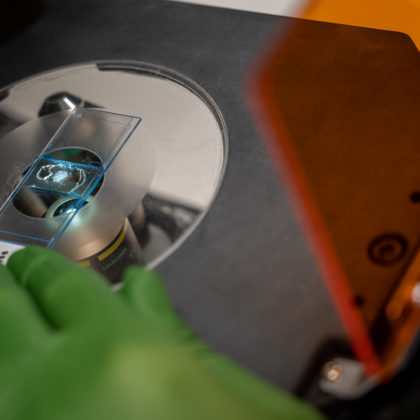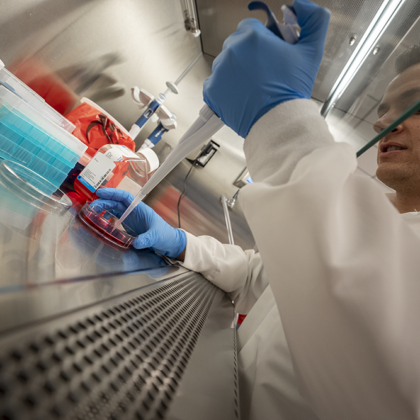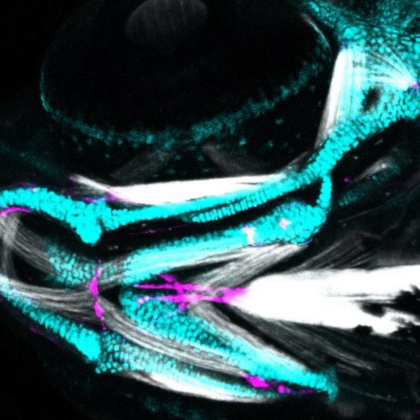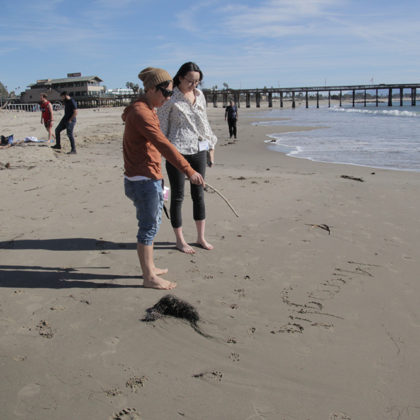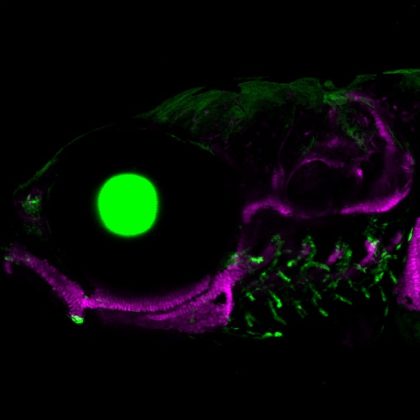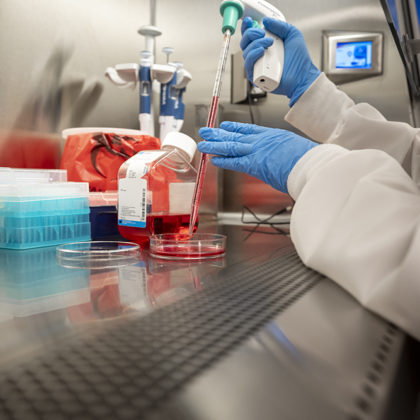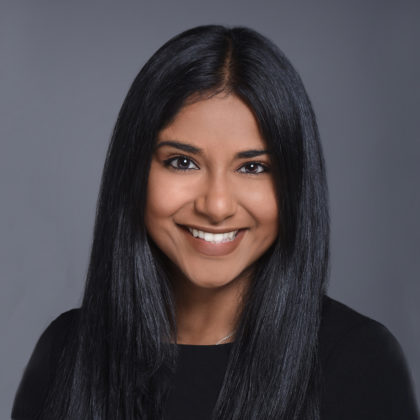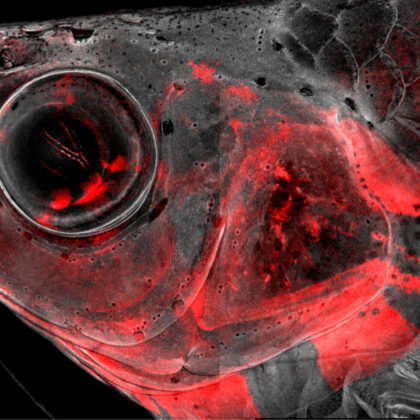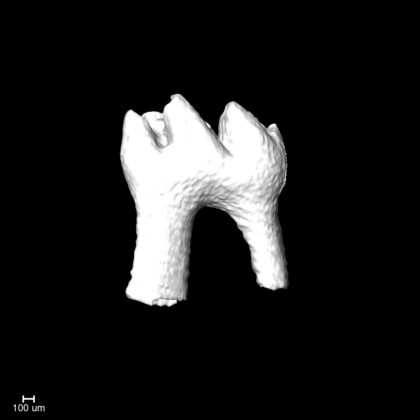Dr. Crump uses zebrafish to understand how the cartilages and bones of our faces are patterned during development. His lab is discovering the local tissue-tissue interactions that control skeletal differentiation and morphogenesis in vivo, and also exploring novel ways of regenerating bone in adults.
Stories
USC trains biotech leaders, thanks to state stem cell funding
To accelerate stem cell treatments to patients with unmet medical needs, the California Institute for Regenerative Medicine (CIRM) has always recognized the need to educate and train a scientific workforce. Since 2006, …
Meet the nine scholarship winners in USC’s stem cell master’s program
This year, philanthropic giving supported scholarships for nine students in USC’s master of science (MS) program in stem cell biology and regenerative medicine. Launched in 2014 as one of the only programs …
Getting lost in translation—the clinical kind—at USC’s stem cell retreat
At the retreat for USC’s Department of Stem Cell Biology and Regenerative Medicine, newly appointed leader Chuck Murry shared a vision as sweeping as the panoramic view of the Pacific Ocean from …
Gage Crump receives the 2025 USC Provost Mentoring Award
Gage Crump, professor and vice-chair of the Department of Stem Cell Biology and Regenerative Medicine and Stem Cell Research at the Keck School of Medicine of USC, will be honored with the …
An earful of gill: USC Stem Cell study points to the evolutionary origin of the mammalian outer ear
The outer ear is unique to mammals, but its evolutionary origin has remained a mystery. According to a new study published in Nature from the USC Stem Cell lab of Gage Crump, …
USC Stem Cell study breaks the silence on how fish and lizards regenerate hearing
A new USC Stem Cell study published in the Proceedings of the National Academy of Sciences (PNAS) has identified key gene regulators that enable some deafened animals—including fish and lizards—to naturally regenerate …
Keck School of Medicine celebrates faculty achievements at annual awards ceremony
The 2024 Faculty Awards and Recognition Ceremony was a night of recognition and reflection as Dean Carolyn C. Meltzer, the Keck School Faculty Council and the Office of Faculty Affairs, Advancement, and …
Building an Incubator for Medicine of the 21st Century
USC Stem Cell is pleased to introduce our new publication. We hope you’ll enjoy reflecting back on our history, while looking ahead to the transformative times to come. Read now at https://stemcell.keck.usc.edu/wp-content/themes/stemcell/incubator.
Three USC Stem Cell undergraduates expand their horizons, thanks to Neil Segil Travel Scholarships
Few scientists will ever forget the first time they presented their research at a conference. Thanks to the Neil Segil Stem Cell Travel Scholarships, three USC Stem Cell undergraduate researchers recently experienced …
Ten USC Stem Cell PhD students and recent graduates earn NIH fellowships
Ten USC Stem Cell PhD students and recent graduates have been awarded fellowships from the National Institutes of Health (NIH). Known as F31 awards, these prestigious fellowships provide promising PhD students with …
2023 Call for Applications: NIH T32 PhD Fellowships in Developmental Biology, Stem Cells, and Regeneration
All PhD students who are conducting research related to developmental biology, stem cell biology, and/or regenerative medicine are encouraged to apply for a training fellowship. We have one slot available for a …
USC introduces an undergraduate minor in stem cell biology and regenerative medicine
Starting in Fall 2023, USC will offer one of the few undergraduate minors in stem cell biology and regenerative medicine in the U.S. “What we hope to do with the minor is …
How to assemble a complete jaw
A USC-led team of scientists has made a drool-worthy discovery about how tendons and salivary glands develop in the jaw. Their results are published in a new study in Developmental Cell. In …
Scientists feel the sand between their toes at the retreat for USC’s stem cell department
A pair of young scientists picked up a piece of driftwood and thoughtfully traced a series of letters in the wet sand of Ventura Beach. The word “microglia”—referring to the immune cells …
How did vertebrates first evolve jaws?
Five-hundred million years ago, it was relatively safe to go back in the water. That’s because creatures of the deep had not yet evolved jaws. In a new pair of studies in …
2022 Call for Applications: NIH T32 PhD Fellowships in Developmental Biology, Stem Cells, and Regeneration
All PhD students who are conducting research related to developmental biology, stem cell biology, and/or regenerative medicine are encouraged to apply for a training fellowship. We have several slots available for both …
Where are they now? Stem cell master’s program alumna Natasha Raj-Derouin, an MD pursuing reproductive endocrinology and infertility
In this series of alumni profiles, we highlight graduates of USC’s master of science program in stem cell biology and regenerative medicine. Our accomplished alumni have pursued many different paths—ranging from a …
A crowning achievement in understanding head development
Cranial neural crest cells, or CNCCs, contribute to many more body parts than their humble name suggests. These remarkable stem cells not only form most of the skull and facial skeleton in …
USC collaboration helps FaceBase reach 1,000-dataset milestone
The data repository allows craniofacial scientists to share data, which could ultimately lead to improved care for patients with craniofacial developmental disorders. Rapid technological development in the past decade has allowed scientists …
California’s stem cell agency awards USC $5 million to train scientists and clinicians
USC has been awarded a $5 million training grant from the California Institute for Regenerative Medicine (CIRM) to prepare PhD students, postdoctoral researchers, and clinical fellows for careers in stem cell research. …

